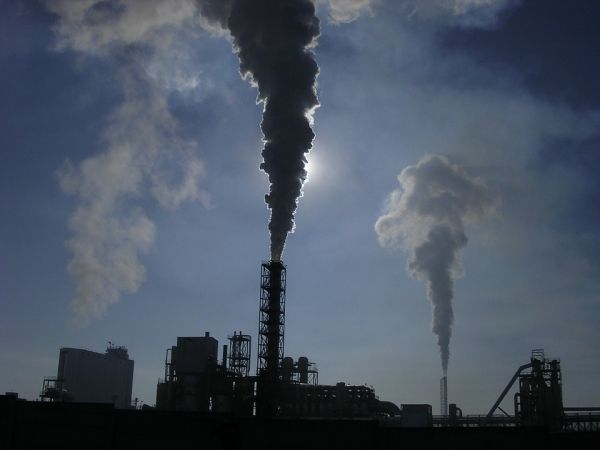National or other emissions inventories of greenhouse gases that are used to develop strategies and track progress in terms of emissions reductions for climate mitigation contain a certain amount of uncertainty, which inevitably has an impact on the decisions they inform. IIASA researchers contributed to several studies in a recently published volume that aims to enhance understanding of uncertainty in emissions inventories.
Estimates of greenhouse gas (GHG) emissions are important for many reasons, but it is crucial to acknowledge that these values have a certain level of uncertainty that has to be taken into account. If, for example, two estimates of emissions from a country are different, it does not necessarily imply that one or both are wrong – it simply means that there is an uncertainty that needs to be recognized and dealt with. A special issue of the Springer journal Mitigation and Adaptation Strategies for Global Change, aims to enhance understanding of uncertainty in estimating GHG emissions and to provide guidance on dealing with the resulting challenges. IIASA researchers and colleagues from other international institutions including the Lviv Polytechnic National University in Ukraine, the Systems Research Institute at the Polish Academy of Sciences, and Appalachian State University in the US, contributed to the 13 papers featured in the publication, addressing questions such as the size of the uncertainty dealt with, how to deal with this, and how uncertainty might be decreased.
According to the researchers, there are ways to decrease uncertainty but these are often difficult and ultimately expensive. In their respective papers, they point out that there are seven important issues that currently dominate our understanding of uncertainty. These include 1) verification; 2) avoidance of systemic surprises; 3) uncertainty informing policy; 4) minimizing the impact of uncertainty; 5) full GHG accounting; 6) compliance versus reporting; and 7) changes in emissions versus changes in the atmosphere.
Read more at International Institute for Applied Systems Analysis
Photo Credit: rasov via Pixabay


